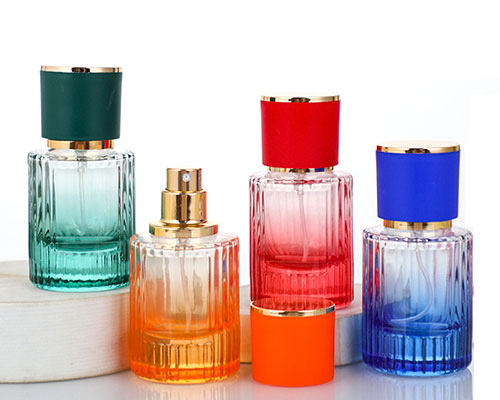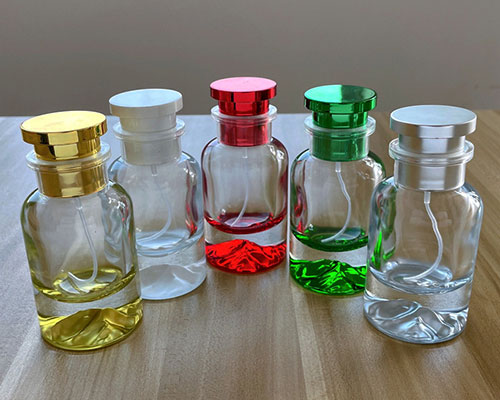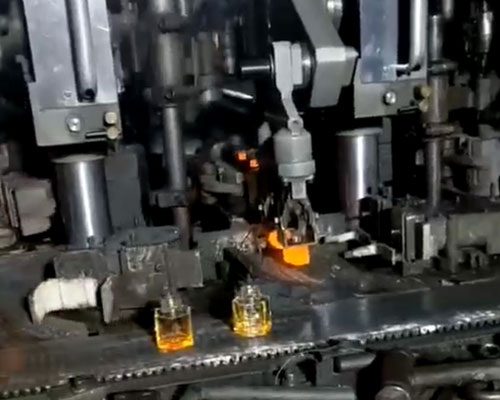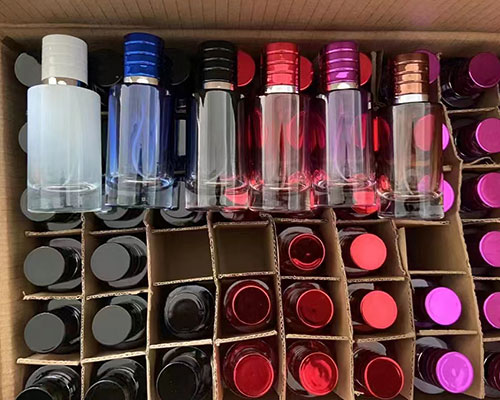Color plays an important role in the design of the perfume bottle, and stained glass adds charm and sophistication to the perfume. The colored glass perfume bottles have their own symbolic meaning and evoke specific emotions, making them important considerations for perfume bottle designers.
By carefully choosing colored glass perfume bottles, perfume makers can enhance the overall experience of the perfume and create a visual representation of its essence.
For example, blue glass perfume bottles are a popular choice for perfumes designed to create a sense of serenity. Red glass perfume bottles make a good choice for perfumes that exude sensuality.

Colored Glass Perfume Bottles History
The history of the stained glass perfume bottle is as fascinating as the bottle itself. These artistic creations date back thousands of years and were cherished by civilizations such as ancient Egypt, Greece and Rome.
In ancient Egypt, perfumes were considered sacred offerings to the deities, and the bottles used to store these precious perfumes were well-made. Egyptian glass perfume bottles are decorated with intricate designs and bright hues.

The design of colored glass perfume bottles has evolved over the centuries, and each era and civilization has left its own unique mark on this art form. The history of the stained glass perfume bottle is a beautiful long journey woven with skill and art.
The art of making colored glass perfume bottles is a delicate balance between craftsmanship and creativity. The artisans bring these bottles to life, making each piece a true work of art.
Colored Glass Perfume Bottle Production Process
The creation of stained glass perfume bottles is a true art form that requires skill, precision, and creativity. The following is the important process of the art of making colored glass perfume bottles:
1. Design: The perfume bottle design process begins with a concept or inspiration. The designer will sketch the ideal bottle based on the smell and color of the perfume.
2. Glass blowing: Once the design is completed, the glass blowing process begins. Skilled craftsmen shape the molten glass into the desired shape. At this stage, tinted glass is introduced to produce the desired hue.


3. Decoration: After the glass bottle is formed, it is time to add decorative elements. This can include techniques such as etching, engraving, or spray painting.
4. Polishing: After the decoration is completed, the glass perfume bottle will undergo a final polishing process to ensure that the surface of the perfume bottle is smooth and flawless.
The classic transparent glass bottle symbolizes the timeless elegance and simplicity of the fragrance. Other popular colors include pink, which is often associated with femininity and romance, and purple, which conveys a sense of mystery and allure. These colored glass bottles not only enhance the visual appeal of the perfume bottles but also convey the essence of the fragrances they contain.

